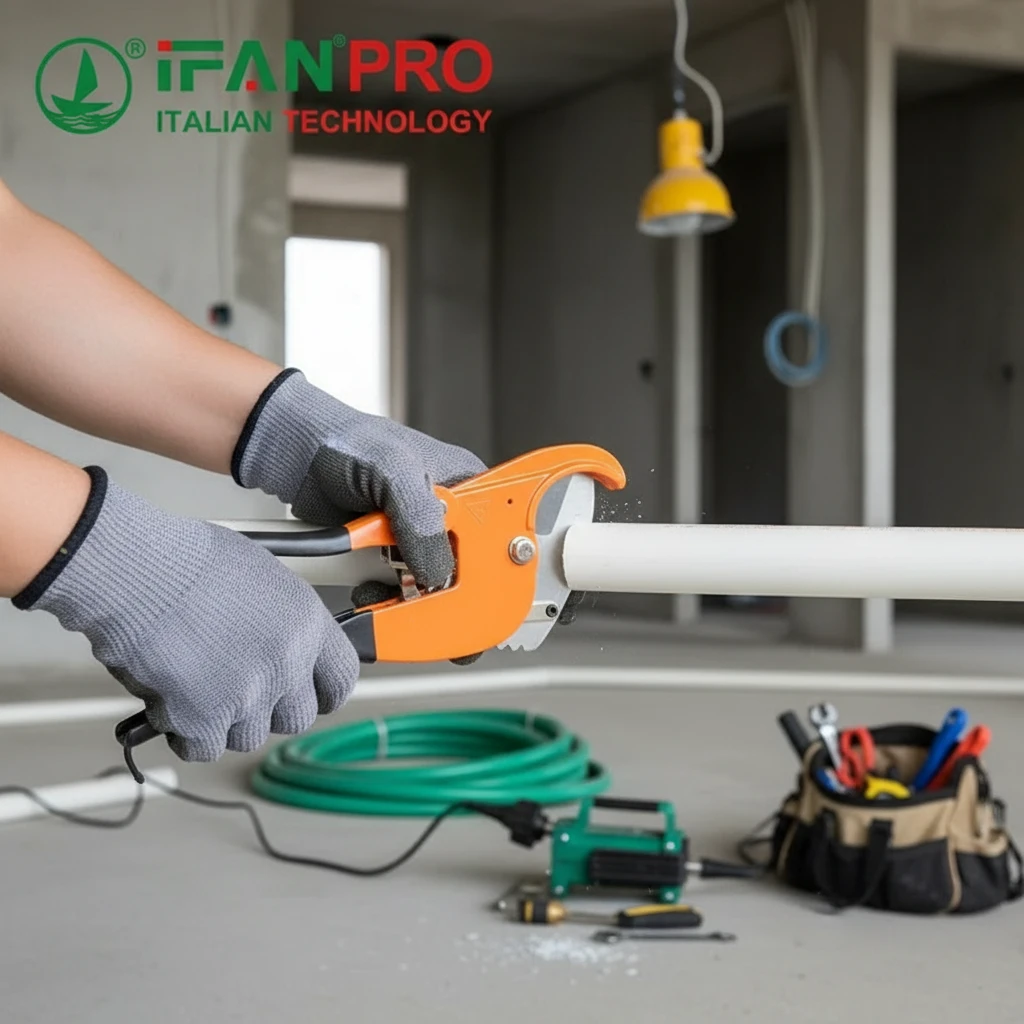PPR (Polypropylene Random Copolymer) pipes are renowned for their excellent performance in various plumbing and heating applications. One of the key attributes that make PPR pipes a preferred choice is their impressive pressure resistance. This article delves into the pressure resistance of PPR pipes, highlighting their capabilities, factors affecting their performance, and practical applications.
Key Attributes of PPR Pipe
Material Strength
PPR pipes are manufactured from a high-quality polymer that offers remarkable strength and durability. This material composition allows PPR pipes to withstand high pressures without compromising their structural integrity.
Flexibility and Toughness
The flexibility of PPR pipes enables them to absorb shocks and vibrations, which can otherwise cause damage in more rigid piping systems. This toughness is particularly beneficial in applications where the pipes are subject to varying pressure levels.
Pressure Ratings and Standards
Pressure Classes
PPR pipes are available in different pressure classes, typically ranging from PN10 to PN25. These classes indicate the maximum pressure the pipe can handle at a specific temperature, with PN25 being the highest pressure rating.
International Standards
PPR pipe conform to international standards such as ISO 15874 and DIN 8077/8078, ensuring their reliability and performance under specified pressure conditions. These standards provide guidelines for pressure resistance, ensuring the pipes are suitable for high-pressure applications.
Factors Influencing Pressure Resistance
Temperature
The pressure resistance of PPR pipes is temperature-dependent. As the temperature increases, the pressure resistance of the pipe decreases. It is crucial to consider the operating temperature when selecting PPR pipes for high-pressure applications.
Pipe Diameter and Wall Thickness
The diameter and wall thickness of the pipe significantly influence its pressure resistance. Pipes with larger diameters and thicker walls can withstand higher pressures. Therefore, selecting the appropriate size and wall thickness is essential for optimal performance.
Installation Quality
Proper installation is vital to maintaining the pressure resistance of PPR pipe. Poor installation practices, such as incorrect welding or improper joint fittings, can weaken the pipe and reduce its ability to withstand high pressures.
Practical Applications
Hot and Cold Water Systems
PPR pipe are commonly used in hot and cold water distribution systems. Their ability to withstand high pressures makes them ideal for these applications, ensuring a consistent water supply without leaks or bursts.
Sistemas de calefacción
In heating systems, PPR pipes handle the high pressures associated with circulating hot water. Their pressure resistance ensures efficient and safe operation, even under continuous high-temperature conditions.
Industrial Applications
PPR pipes are also used in various industrial applications where high-pressure resistance is required. These include chemical processing plants, water treatment facilities, and compressed air systems.
Enhancing Pressure Resistance
Reinforced PPR Pipes
For applications requiring even higher pressure resistance, reinforced PPR pipe are available. These pipes have additional layers or reinforcements, such as glass fiber or aluminum, enhancing their strength and pressure-handling capabilities.
Proper Maintenance
Regular maintenance and inspections can help ensure that PPR pipes maintain their pressure resistance over time. This includes checking for leaks, ensuring proper joint fittings, and monitoring pressure levels to detect any potential issues early.
Conclusión
The pressure resistance of PPR pipes is a key factor in their widespread use in plumbing and heating systems. Their material strength, flexibility, and adherence to international standards make them suitable for high-pressure applications. Understanding the factors influencing their pressure resistance and ensuring proper installation and maintenance can help maximize their performance and longevity.
Conectar
IFAN es un fabricante chino de tuberías, accesorios y válvulas de plástico con 30 años de experiencia. Si está interesado en IFAN accesorios de cobre, válvulas de cobre, tuberías y accesorios de plástico, póngase en contacto con nosotros. IFAN le ofrece una variedad de tuberías estándar para satisfacer sus necesidades específicas. Haga clic a continuación para obtener más información sobre la amplia gama de productos de válvulas y productos relacionados con sistemas de tuberías asequibles y rentables de IFAN.
Responderemos a su correo electrónico o fax en 24 horas.
Puede llamarnos en cualquier momento si tiene alguna duda sobre nuestra producción.
Para más información, visite nuestra página web https://ifanpro.com/
Pls Mailto: [email protected]
Whatsapp: + 86 19857948982














Comentarios recientes